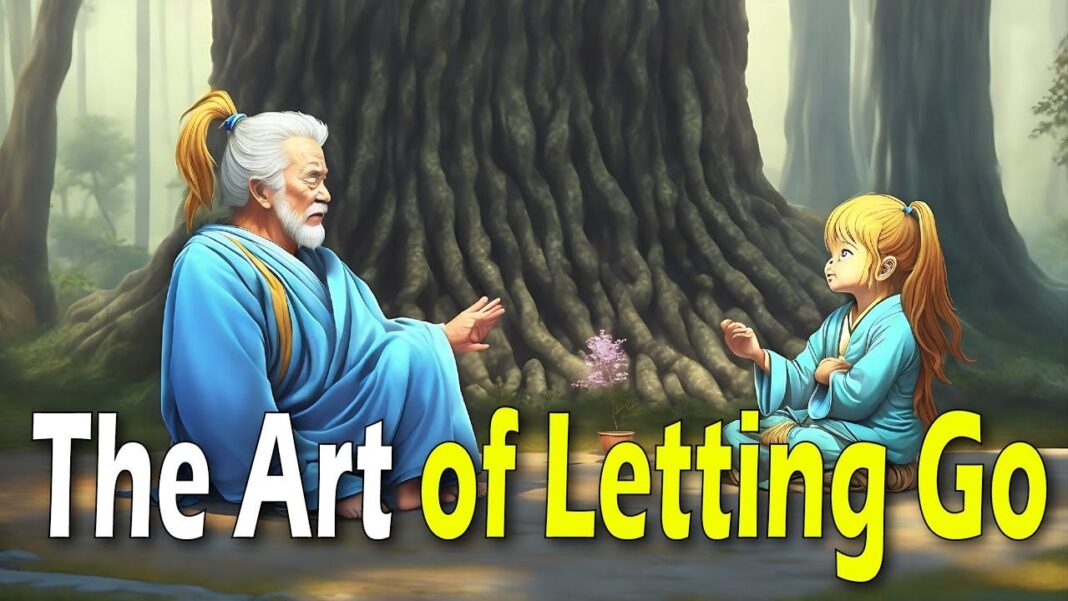In our lives, we accumulate possessions that hold emotional significance. From childhood toys to gifts from loved ones, each item carries memories and sentiments that make parting with them a daunting task. Yet, as we evolve and spaces in our lives and homes change, knowing how to bid farewell gracefully to these sentimental items becomes essential for our well-being and growth. So, how do we navigate this emotional terrain with grace and mindfulness?
Understanding the Attachment:
Before delving into the process of letting go, it’s crucial to acknowledge the emotional attachments we form with our possessions. Sentimental items often represent pivotal moments, relationships, or identities, making parting with them feel like letting go of a piece of ourselves. Recognizing and honoring these feelings is the first step towards a healthier relationship with our belongings.
Also Read:- Tips for avoiding Brain-Eating Worms and Mercury Poisoning
Reflecting on Purpose and Utility:
One effective approach to decluttering sentimental items is to assess their current purpose and utility in our lives. Ask yourself: Does this item serve a practical function? Does it bring joy or contribute positively to my environment? By evaluating each possession’s role in our present lives, we can prioritize what truly matters and make more informed decisions about what to keep and what to let go.
Embracing Minimalism:
Minimalism isn’t just about owning fewer things; it’s about intentionally choosing items that enrich our lives and align with our values. Embracing a minimalist mindset can help us appreciate quality over quantity and prioritize experiences over material possessions. When saying goodbye to sentimental items, consider whether they align with your minimalist goals and whether their presence adds value to your life.
Preserving Memories, Not Things:
Memories are timeless treasures that transcend physical objects. Instead of clinging to material possessions, focus on preserving the memories associated with them. Take photographs, journal about the significance of each item, or create digital archives to immortalize cherished moments. By shifting the focus from the object to the memory it represents, letting go becomes an act of liberation rather than loss.
The KonMari Method:
Marie Kondo’s KonMari method offers a structured approach to decluttering that emphasizes mindfulness and gratitude. When saying goodbye to sentimental items, follow the KonMari principles of holding each item, expressing gratitude for its service, and letting it go if it no longer sparks joy. This method encourages a respectful farewell, allowing us to part with possessions while honoring the role they played in our lives.
Also Read:- The Healthiest oil for frying may surprise you
Repurposing and Recycling:
Just because an item no longer serves its original purpose doesn’t mean it’s lost its value entirely. Explore creative ways to repurpose or recycle sentimental items, transforming them into new objects or donating them to someone who will appreciate them. By giving these possessions a second life, we honor their legacy while reducing waste and making room for new experiences.
Seeking Support:
Letting go of sentimental items can be an emotional journey, and it’s okay to seek support along the way. Share your thoughts and feelings with trusted friends or family members who can offer empathy and encouragement. Consider joining online communities or support groups dedicated to decluttering and minimalism, where you can find solidarity and inspiration from others on similar paths.
Saying goodbye to sentimental items is a deeply personal and transformative process. By approaching it with mindfulness, gratitude, and intentionality, we can cultivate a healthier relationship with our possessions and create space for growth, new experiences, and meaningful connections. Remember, letting go is not about discarding memories but honoring them in a way that enriches our lives and nurtures our well-being.




